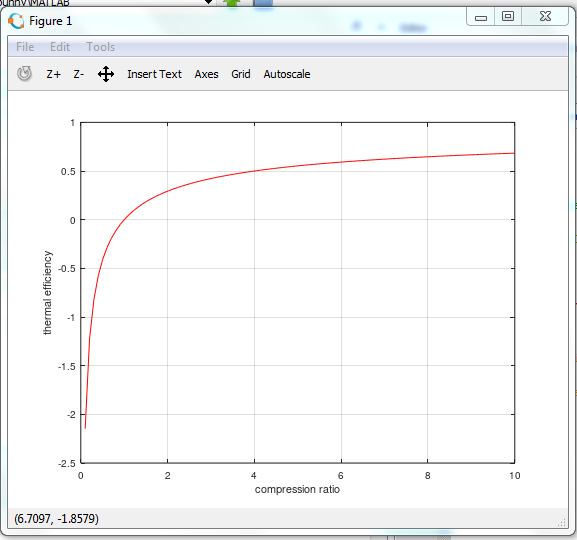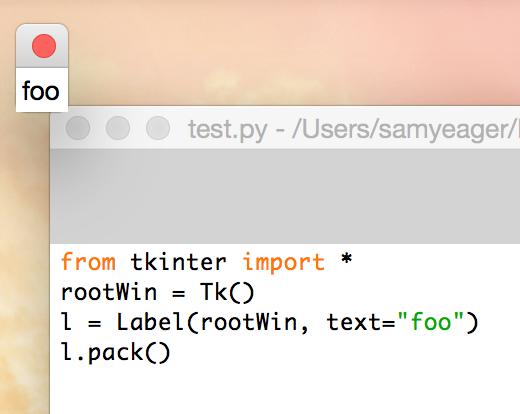


addAction() So when the shortcut specified(i.e. Then that action is added to the window which needs to be closed using the. Also, the triggered parameter is where the function to call on that action being triggered is specified. Where shortcut is the key or key sequence that is needed to be pressed to trigger that action. Then a QAction() is created with some parameters like the name of the action, shortcut and triggered. The above program creates a simple PyQt5 application with a QLabel as its central widget. Print("Shortcut pressed") #verification of shortcut press Self.exit=QAction("Exit Application",shortcut=QKeySequence("Ctrl+q"),triggered=lambda:self.exit_app) In this way of closing the window, we create a QAction() and then add that action to the window we want to close using the. nnect() method.So when the button is clicked the window closes.Ĭreating a QAction and adding it to the window to trigger the. from tkinter import tk, canvas, disabled, insert, label, text, word root tk () root.wmtitle ('tribler: critical error') root.wmminsize (500, 300) root. The function is a simple lambda function that calls the self.close() method.It’s bound to QPushButton() using the. otherwise we will have these unused gui modules loaded in the main process. The above program creates a simple PyQt5 application with a QPushButton() as its central widget and then binds a function to trigger on click. Self.b1.nnect(lambda:self.close()) #function binded to the button self.b1 Self.b1=QPushButton("Let's Close this Window") In this way of closing the window, we create a QPushButton() and then bind a function(to close the window) to it which is triggered when that button is clicked. So nothing will be displayed as mentioned earlier.īinding to a PushButton to trigger the. close() method when needed to close a window.
#Tkinter winfo does not close how to#
NOTE: The above-mentioned program is just a demonstration on how to use. So the window will be created, the widget will be added but it won’t be displayed as it was closed as soon as it was created. The above program creates a simple PyQt5 application with a QLabel as its central widget and then finally, closes it. How do I close one window and open another tkinter Import tkinter module. Self.close() #Closes the window at this point Self.l1=QLabel("Let's Close this Window") close() method whenever that window needs closing. close() method whenever neededĬreate your PyQt5 application and just call the. Creating a QAction and adding it to the window to trigger the.Binding to a PushButton to trigger the.close() method whenever we want to close the window or by some following ways: Poetry comes with an exhaustive dependency resolver, which will always find a solution if it exists. We can simply achieve this by calling the. Import sys How to close a window in PyQt5 So for this, we are going to use some libraries of Python namely: PyQt5 and sys. We will use that method and learn how to achieve our goal in a few ways. This can be achieved by using a simple method of the QWidget class. When you click the Quit button, it will hide the root window.Hey folks, This tutorial will help you to close a window in PyQt5 in Python. However, to destroy the window, we can use the destroy method.
#Tkinter winfo does not close code#
The above python code hides the root window using the withdraw method. Label(win,text="Type Something",font=('Helvetica bold', 25),īutton(win, text= "Quit", command= disable_button,fg= "white", However, we can also use the withdraw method to avoid displaying it on the screen. In this example, we have created a text widget and a button “Quit” that will close the root window immediately. However, to hide the Tkinter window, we generally use the “withdraw” method thatĬan be invoked on the root window or the main window. In order to destroy the window we can use the destroy() callable method. The mainloop() keeps running the Tkinter window until it is not closed by external events. There are two general methods through which we can either hide our Tkinter window, or destroy it. Sometimes, while testing a Tkinter application, we may need to hide the Tkinterĭefault window or frame.


 0 kommentar(er)
0 kommentar(er)
